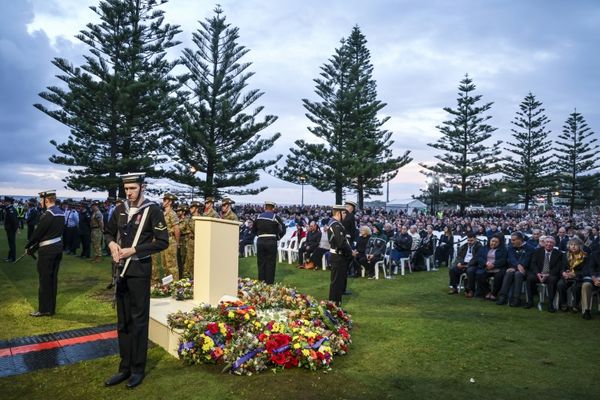
As had been anticipated, the revisions incorporate all the main elements of the sidepods – including the inlet, the undercut and the contours of the bodywork.
The size and shape of the inlet has already been a focal point for its development this season, as the team introduced a shallower but wider variant at the Azerbaijan Grand Prix (below).
However, the Hungaroring upgrade takes the concept a step further, with the letterbox-style approach even shallower still, whilst being a little wider to maintain some of its volume.

This has a marked effect on the size of the undercut too, with more of the sidepod’s bodywork exposed to the airflow.
The lip of the underbite not only projects further forward than before it also has a larger radius on the leading edge.
This radius is formed due to the curvature of the upper platform, as it is now arched down from front to back in order to backfill the airflow into the inlet and as a consequence creates the visual illusion of a much smaller inlet from certain angles.
It’s also interesting that, where the leading edge previously had a uniform depth across its span, it’s now swept rearwards in the outer portion in order to fulfil the demands of the regulations.
The changes that have been made likely provide further refuge for the flow approaching the inlet from the turbulence generated by the front tyre, an approach that the entire grid used in one form or another under the previous regulations.
The concept, which was first introduced by Ferrari in 2017, required a low-slung SIS position that then enabled the periscope-like inlet position.

Internally we can see that the team has made changes to the shape of the ducting, the position of the coolers and the other ancillaries housed within.
These alterations allow for the shape of the bodywork that form the undercut and the sidepod’s flank to be revised too, working hand-in-hand with the changes to the inlet.
A relatively small tweak has also been made to the wing mirror housing with an indentation placed where it connects with the horizontal stay, which alters the airflow's behaviour around the assembly and, as a consequence, also has an influence downstream.
Despite some predicting Red Bull could pursue the waterslide solution adopted by Aston Martin and Alpine, Red Bull has steered clear of this.
Instead it has refined the pre-existing contours, with the swageline along the bodywork’s flank and the more simplistic downwash-style ramp both retained.
Given the demands posed by the Hungaroring, more cooling has been opened up in the bodywork, with a small cooling panel being utilised atop the sidepod.
There are also much more generous cooling gills installed on the shoulder of the engine cover shelf and a larger downward facing outlet positioned ahead of the forward upper arm of the rear wishbone.
There’s also a change in approach when it comes to the size and shape of the shark fin. Its relationship with the cutout in the engine cover’s spine behind it has been refined, with the cooling outlet beneath that, which is now turned down more aggressively.







